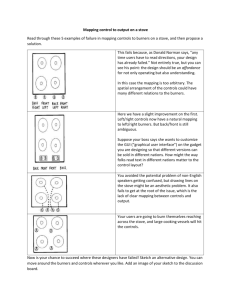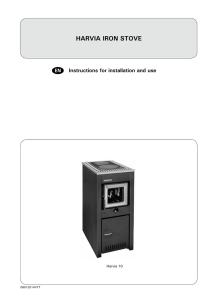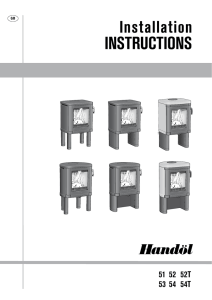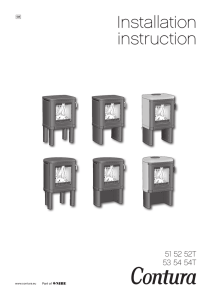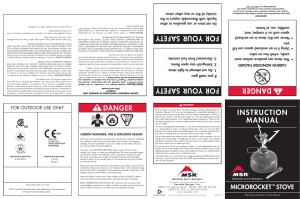Document 16011562
advertisement
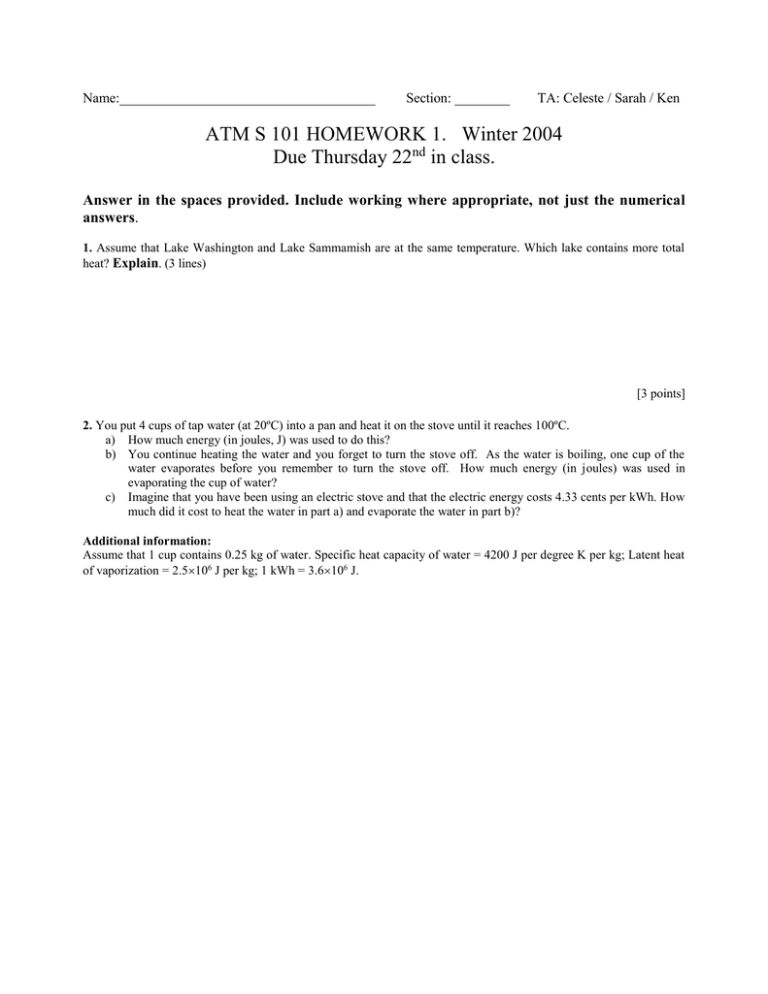
Name:_____________________________________ Section: ________ TA: Celeste / Sarah / Ken ATM S 101 HOMEWORK 1. Winter 2004 Due Thursday 22nd in class. Answer in the spaces provided. Include working where appropriate, not just the numerical answers. 1. Assume that Lake Washington and Lake Sammamish are at the same temperature. Which lake contains more total heat? Explain. (3 lines) [3 points] 2. You put 4 cups of tap water (at 20ºC) into a pan and heat it on the stove until it reaches 100ºC. a) How much energy (in joules, J) was used to do this? b) You continue heating the water and you forget to turn the stove off. As the water is boiling, one cup of the water evaporates before you remember to turn the stove off. How much energy (in joules) was used in evaporating the cup of water? c) Imagine that you have been using an electric stove and that the electric energy costs 4.33 cents per kWh. How much did it cost to heat the water in part a) and evaporate the water in part b)? Additional information: Assume that 1 cup contains 0.25 kg of water. Specific heat capacity of water = 4200 J per degree K per kg; Latent heat of vaporization = 2.5106 J per kg; 1 kWh = 3.6106 J. [10 points] 3. Indicate what is the main type of energy transfer involved in the following and briefly explain your reasoning: a) Sunburn. b) Warming by sitting around a campfire. c) Home heating from floor vents d) Heating up hot chocolate in the microwave oven. e) You grab the hot chocolate mug and burn yourself. [ 10 points] 4. For each of the following indicate which has the higher temperature. Explain your reasoning and support your answer with arguments based on what was discussed in class (2 lines). a) A blue supergiant star (for example Rigel in the Orion constellation) or the Sun? b) A red hot metal bar or a yellow candle flame? [ 6 points] 5. Radiation and greenhouse effect. a) Why does the Earth mainly radiate energy at longer wavelengths that the sun? (2-3 lines) b) What is the important characteristic of the gases in the Earth's atmosphere that allows for the surface temperature to be nice and warm? (3-4 lines) c) Why is the characteristic described in part b) important for the surface temperature? (3 lines) d) Do you think that there would be any “greenhouse effect” if we were able to suddenly get rid of all of the carbon dioxide in the atmosphere? Explain. (2-4 lines) [ 12 points] 6. How would the vertical profile of the atmospheric temperature differ from the currently observed one if we removed all of the ozone? Sketch the vertical profiles of temperature for the atmosphere with and without ozone. Explain. [ 6 points] 7. How would the seasonal cycle of temperature and the length of the day change if the axis of rotation of the earth a) had no tilt? (perpendicular to the plane of the Earth’s orbit) Explain. b) were tilted all the way to the horizontal? (parallel to the plane of the Earth’s orbit) Explain. [ 8 points]


